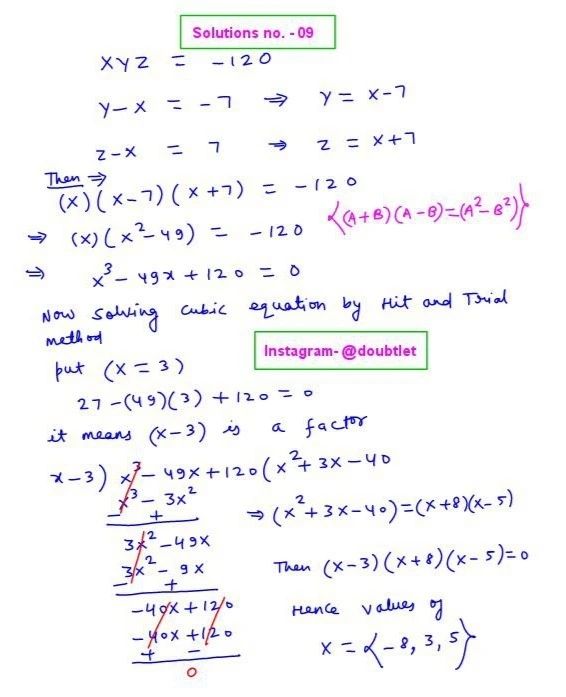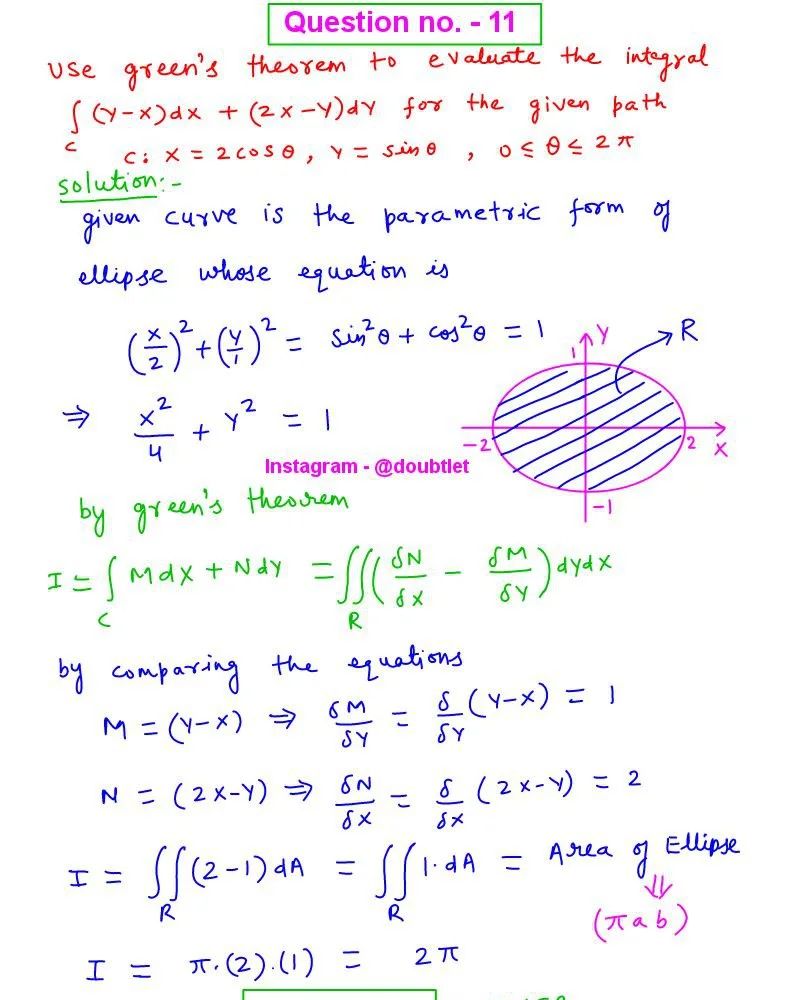









Binomial Expansion Calculator
This calculator will help you to expand the binomial expression with the steps shown.Related Calculators:Factorial calculatorncr calculator
Loading...

Neetesh Kumar | November 29, 2024
Share this Page on:
![]()
![]()
![]()
![]()
![]()
1. Introduction to the Binomial expansion calculator: -
Welcome to our comprehensive guide on binomial expansion. Binomial expansion is a fundamental concept in algebra, widely used in mathematics and various fields of science. In this guide, we'll delve into the intricacies of binomial expansion, providing you with a clear understanding of its principles, applications, and real-world significance.
Binomial expansion refers to expanding a binomial expression raised to a positive integer exponent. It allows us to simplify complex expressions and reveal the individual terms within the expansion. The expansion follows a pattern based on Pascal's triangle and the binomial theorem.
2. What is the Formulae used & conditions required?
The binomial expansion formula, also known as the binomial theorem, is represented as follows:
Where
a and b are constants
n is a non-negative integer
represents the binomial coefficient, also known as "n choose k."
3. How do I calculate the Binomial expansion?
Enter the algebraic expression
Exter the power for the expression you want to calculate
4. Why choose our Binomial expansion calculator?
Our calculator page provides a user-friendly interface that makes it accessible to both students and professionals. You can quickly input your square matrix and obtain the matrix of minors within a fraction of a second.
Our calculator saves you valuable time and effort. You no longer need to manually calculate each cofactor, making complex matrix operations more efficient.
Our calculator ensures accurate results by performing calculations based on established mathematical formulas and algorithms. It eliminates the possibility of human error associated with manual calculations.
Our calculator can handle all input values like integers, fractions, or any real number.
Alongside this calculator, our website offers additional calculators related to Pre-algebra, Algebra, Precalculus, Calculus, Coordinate geometry, Linear algebra, Chemistry, Physics, and various algebraic operations. These calculators can further enhance your understanding and proficiency.
5. A video based on the concept of how to find the Binomial expansion.
6. How to use this calculator
This calculator will help you to find the Binomial expansion.
You have to input the value expression and power in the given input boxes.
After clicking on the Calculate button, a step-by-step solution will be displayed on the screen.
You can access, download, and share the solution.
7. Solved Example
Question 1:
- Expand
Solution 1:
- =
8. Frequently Asked Questions (FAQs):-
What is the binomial theorem?
The binomial theorem states the algebraic expansion of a binomial expression raised to a positive integer exponent.
How do you determine the number of terms in a binomial expansion?
The number of terms in a binomial expansion equals n+1, where n is the exponent in the binomial expression.
Can binomial expansion be used for non-integer exponents?
Pascal's triangle is a triangular array of numbers, where each is the sum of the two numbers directly above it. The coefficients in the binomial expansion formula correspond to the entries in Pascal's triangle.
What are some practical applications of binomial expansion?
Using advanced mathematical techniques, binomial expansion can extend to fractional and negative exponents.
What are some practical applications of binomial expansion?
Binomial expansion has applications in probability theory, combinatorics, engineering (e.g., signal processing and circuit analysis), and statistics.
9. What are the real-life applications?
Binomial expansion finds applications in various real-world scenarios, such as in finance (calculating compound interest), genetics (predicting genetic traits), and in physics (analyzing particle collisions and wave phenomena).
10. Conclusion
Binomial expansion is a powerful mathematical tool, enabling us to simplify complex expressions and analyze mathematical relationships. By understanding the principles and applications of binomial expansion, you gain the ability to solve problems across diverse fields of study and apply mathematical concepts to real-world situations. Armed with the knowledge provided in this guide, you're now equipped to confidently navigate binomial expansion and harness its potential in your mathematical endeavors.
This blog is written by Neetesh Kumar
If you have any suggestions regarding the improvement of the content of this page, please write to me at My Official Email Address: doubt@doubtlet.com
Are you Stuck on homework, assignments, projects, quizzes, labs, midterms, or exams?
To get connected to our tutors in real-time. Sign up and get registered with us.
Solving algebraic expressions
Evaluate function value at a point
Average rate of change
Operation on Matrices
Coordinates Conversion
Operation on Complex NUmbers
Comments(0)













Leave a comment